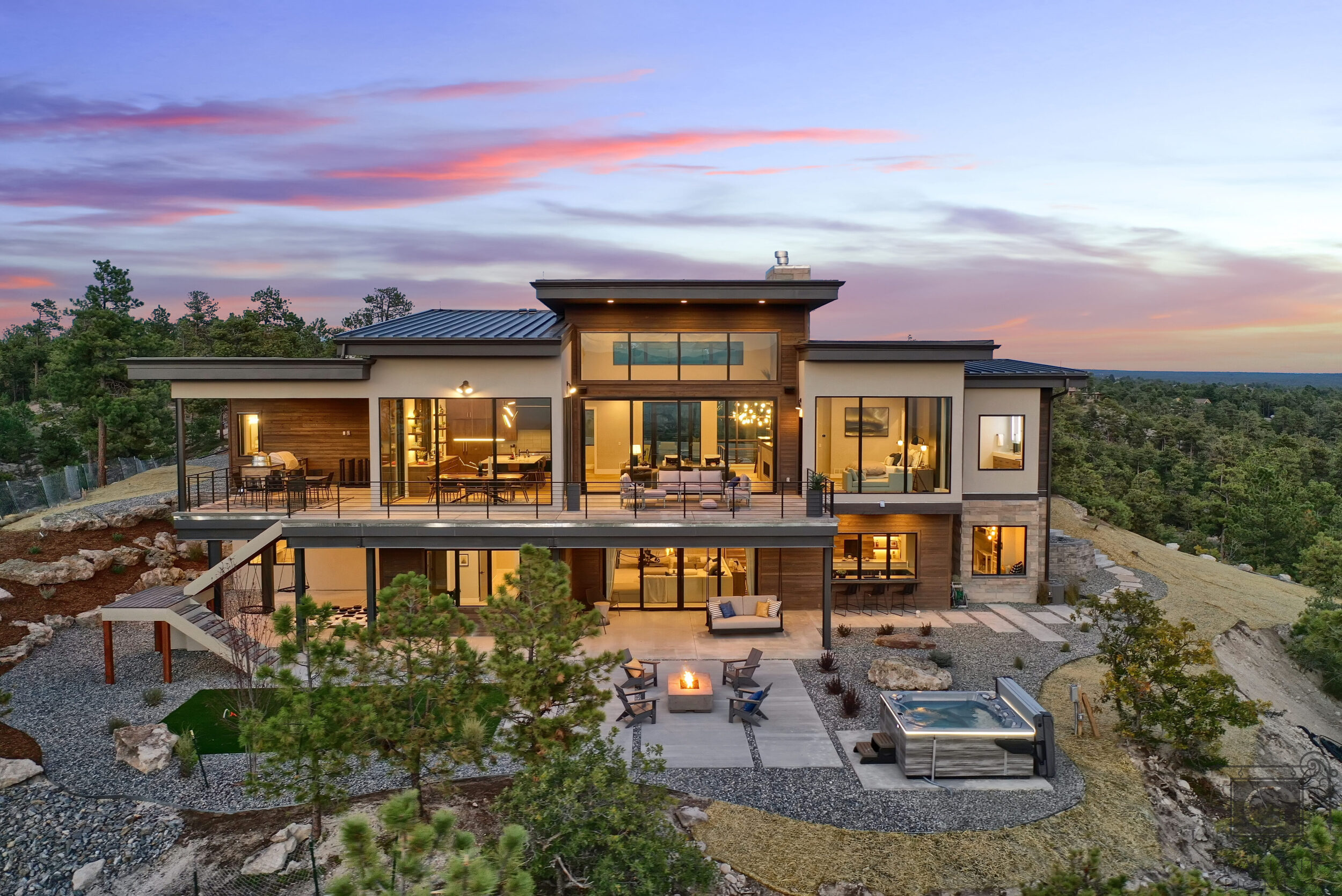Open Layout vs. Conventional Layouts: What Fits Your Needs?
Choosing between a modern layout and conventional design can be daunting when designing a new home construction. Each design offer distinct advantages and cater to different lifestyles, making it crucial to think about what works best for you. With the rise of modern living, open concept designs have become favored for their ample space and capability to create a smooth transition between rooms. On the other hand, traditional layouts offer distinct areas that can improve privacy and organization.
As you embark on your process of building a new home, it is vital to weigh the pros and cons of these layouts in the context of your needs and wants. Whether you are drawn to the airy feel of an open floor plan or the timeless appeal of traditional rooms, understanding the implications of each design choice will help you create a living space that authentically represents your lifestyle. In this article, we will examine the essential factors to consider when choosing between a modern layout and a traditional layout, alongside helpful suggestions to assist your building process.
Understanding Layouts: Free-Flowing vs. Classic
As you selecting on the design of your recently constructed home, one must important to evaluate the pros and cons of open-plan versus traditional designs. Open-plan homes highlight a seamless layout where the cooking area, living area, and eating area blend together. This design encourages interaction, making it suitable for family gatherings and hosting visitors. The absence of barriers can also create an illusion of expanded space, allowing for flexibility in furniture setup and decor.
In contrast, conventional layouts provide separated spaces that ensure privacy and division between different areas of the home. Rooms like the cooking area, eating area, and living area are clearly set apart, which can create a sense of comfort and organization. For families with particular requirements, such as study areas or children's areas, this type of configuration can be helpful, as it allows for dedicated spaces designed to specific activities.
Finally, the selection between free-flowing and conventional layouts depends on subjective choice and daily habits. Consider how you and your family function, engage with others, and use space daily. Both of these layouts offer unique advantages, so reflecting on your needs and how you envision your future home will help you choose wisely for your upcoming build.
Constructing Timeline: What Is the Actual Duration?
The schedule for constructing a new house can differ greatly due to several factors, including the size of the house, the complexity of the blueprint, and the effectiveness of the building team. Typically, the complete procedure can take anywhere between several months to more than a year. On average, anticipate around six to nine months for a typical single-family house. This duration includes land preparation, the actual construction phase, and the final inspections before moving in.
To get a clearer breakdown, key phases such as getting permission and inspections typically take several weeks to a few months, depending on local regulations. As soon as construction begins, the framework, wiring, pipework, and finishing work each take a certain amount of time. Moreover, check over here can happen due to weather conditions or supply chain issues, which are increasingly common in today's construction landscape. Keeping an honest communication of communication with your builder about updates and issues is crucial in managing expectations.
Grasping this schedule can assist you properly organize your transition into your new house and avoid any surprises. It also emphasizes the importance of comprehensive planning and design prior to starting construction. Being cognizant of potential setbacks and having a clear schedule, you can better manage the challenges of new home construction and guarantee a smoother construction process.
Financing Your Future Home: Essential Tips
While embarking on the journey of creating a modern home, understanding your financing options is essential. Begin by investigating different types of loans specifically designed for new construction, such as construction-to-permanent loans or traditional mortgage options. Each type has its own set of requirements and effects for your budget, so it’s crucial to acquaint yourself with the terms, financing rates, and payment plans. Meeting with a finance professional can help identify which loan is best suited for your economic status.
In addition, cost management plays a major role in the financial of your dream home. It’s essential to account for both initial expenses and continuing expenses. Creating a comprehensive budget will help you identify areas where you can save and where you might need to allocate additional funds. Keep in mind the unforeseen costs associated with brand new builds, including regulatory approvals, assessments, and landscaping. Implementing a robust financial plan in place can prevent surprises later on and ensure that your dream home doesn’t come with an excessive financial burden.
Lastly, obtaining pre-authorization from financial institutions can give you a leg up when it comes to making offers or discussing terms with contractors. Getting pre-approved provides you with a better understanding of how much you can afford and shows builders that you are a committed buyer. Spend some time shop around and compare offers, as rates and terms can vary significantly among banking institutions. With a dynamic approach to financial planning, you’ll be more ready to navigate the construction process and appreciate the exciting journey of creating your future home.
